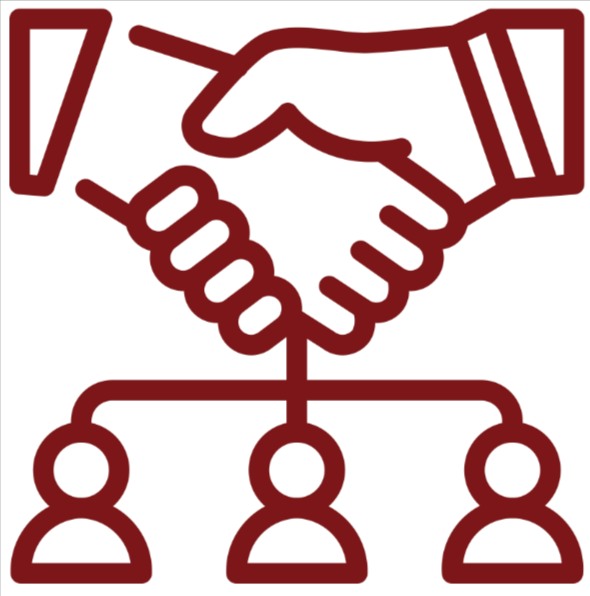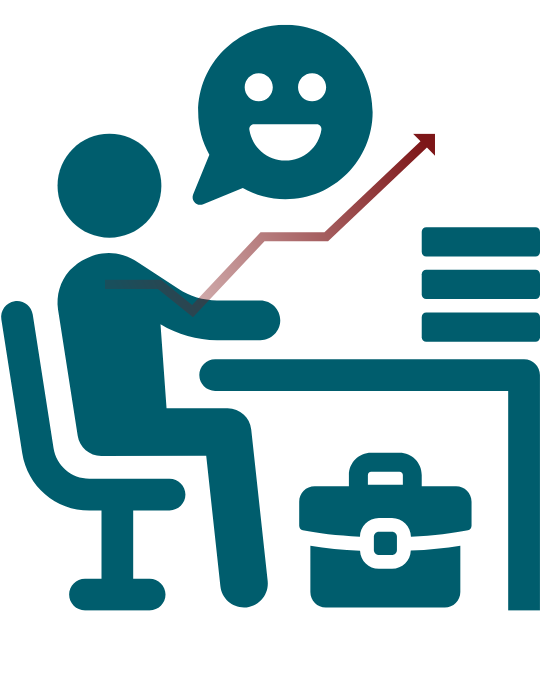Relationship Mapping for Frontline Fundraisers
Relationship mapping is a cornerstone of philanthropic prospect research but it’s not just for prospect researchers. Successful major gift officers and other frontline fundraisers understand how to use relationship mapping to boost giving. Relationship mapping provides a clear view of who can open doors and enhance the likelihood of successful outreach.
Relationship mapping isn’t just about building family trees or identifying golf buddies (although that stuff counts too!). It’s about identifying the best path to a prospect and using that intelligence to strengthen your fundraising strategy.

Why Relationship Mapping Matters
Trust matters in major gift fundraising. An introduction from the right person shortens timelines and increases the likelihood of meaningful engagement. It can even result in immediate success.
Relationship mapping delivers three key advantages:
- Better access
Identify board members, executives, and donors who are directly or indirectly connected to your priority prospects. - Better engagement
Leverage shared connections who can validate your outreach and elevate your credibility. - Better portfolios
Focus on the high potential prospects in your portfolio
How Frontline Fundraisers Can Use It Immediately
1. Prepare for Outreach
Before contacting any high-value prospect, review their relationship map. Determine who in your organization’s network is best positioned to make an introduction.
2. Engage Board Members With Purpose
Instead of broad requests for “names,” give board members curated lists of prospects they already have relationships with.
3. Strengthen Donor Strategies
Use relationship maps during portfolio reviews to uncover secondary paths (spouses, colleagues, former classmates, or business partners) who can influence a prospect.
4. Identify New Opportunities
Maps often reveal clusters: groups of individuals connected through companies, industries, or communities where your organization already has a foothold. Treat these clusters as strategic prospecting goldmines.
Relationship mapping doesn’t replace the relationship-building so many successful major gift officers excel at, it elevates it. Frontline fundraisers who understand and apply relationship mapping have a marked advantage over those who do not and the result is simple: more major gifts.


